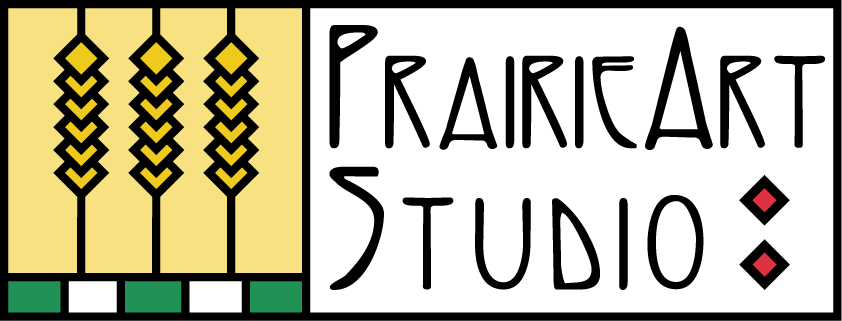Part of my job as a teacher, I believe, is to push students a bit beyond their comfort zone. This is the point where we, most often, learn and grow. Generally, younger students are more open to trying new things, they are less conditioned and not as afraid of failure or not being perfect. It usually starts around preteen but sometimes sooner, when students start comparing themselves to others as well as to professional artwork and either quit drawing or find one style that they feel they are successful at and do not want to expand beyond. This is when the perfectionist parts, that are in all of us, have completely taken control and sabotage success. Parents sometimes unknowingly fall into the trap of making things worse by either giving helpful suggestions that the student hears as criticism or blanket praise that causes the student to not trust other’s opinions. I always emphasize that there truly is no right or wrong way to do art, that there are many different styles of art and everyone likes something different, but the voice of the perfectionist can be very loud and persistent.
One of the most frustrating things for me as a teacher is when a teenage student doesn’t communicate to me or their parent when they feel out of their comfort zone. Many times, they and their parents don’t realize these dynamics are happening and rather than work through it, give no reason for quitting other than they just don’t want to come to class anymore. I am dismayed to see a talented student with a future exploring their creative side get stuck, missing an opportunity to learn and grow by letting perfectionism get the best of them. I am always working to do a better job at addressing perfectionism in both myself and my students. One way that we can do that is not to view our perfectionist parts as evil sabotaging authorities but rather as hardworking protectors that are fearful of failure or that are protecting young parts that feel vulnerable. Once we acknowledge and thank them for all their hard work like helping us to ace that test or meet our goals, their grip can lesson.
There really is no right or wrong way to do art, everyone likes something different and logically we know we can’t make a masterpiece every time, yet young and old, we all strive to be accepted and validated. Our perfectionist parts are trying to help but we need to have a dialogue with these stubborn and scared parts, letting them know that in the case of art, being perfect isn’t always best. They need to know that they can relax a bit, we don’t need their help and they can take a backseat. Just like a caring friend, we need to give those parts our love and compassion but also firmly set boundaries when they get too bossy and overbearing. Our perfectionist parts need to know that art is a process of testing and refining in which they will have a new role. All the while reassuring them that it’s ok to try new things, play, experiment and even do something not so perfect. This new role is more fluid as we try, reevaluate, try again, learn and grow. These parts become checkers, refiners and partners that guide us rather than final judges that want to shut us down. They can relax and evolve, realizing that when we are not striving to be perfect in our art, it is less labored, freer, more expressive and from the heart. Expressing ourselves through art is a very personal and vulnerable thing that can be scary. Making friends with our perfectionist parts will help to gently encourage us out of our our comfort zone and help us feel safe to experiment and have fun.
Happy Summer!
Michelle

